As you know it, today we commemorate one of the worst days in recorded history, that is the day when the first atomic bomb was dropped on Hiroshima 67 years ago.
I went to Hiroshima only once, two years ago.
I believe visiting the Hiroshima Peace Memorial Park and Museum should be compulsory visit for whoever goes to Japan.
Here are a few pictures and words about that visit, however, the words will be scarce as a visit of such a place is hard to describe with words. It’s a very personal and internal experience that is hard to share like that in a few lines on a blog.
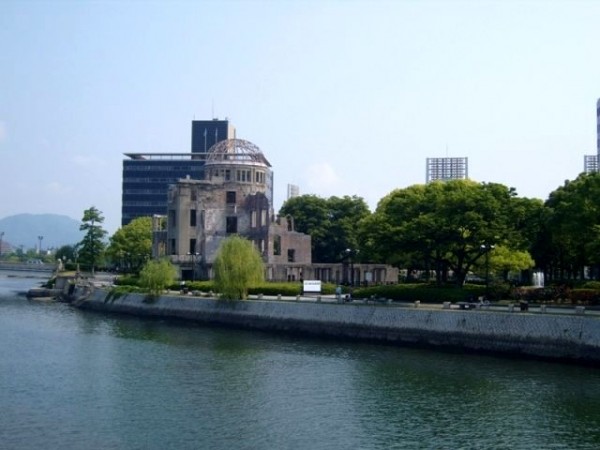
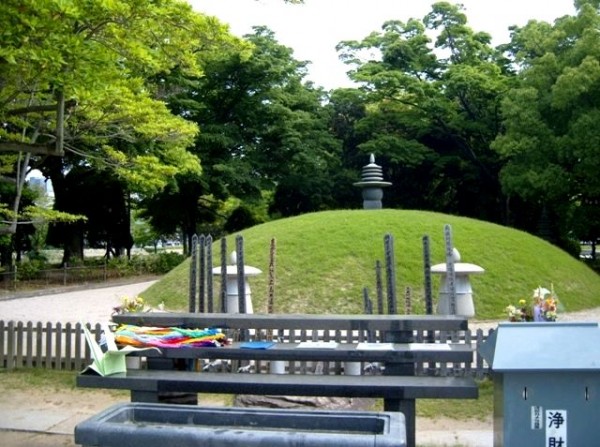
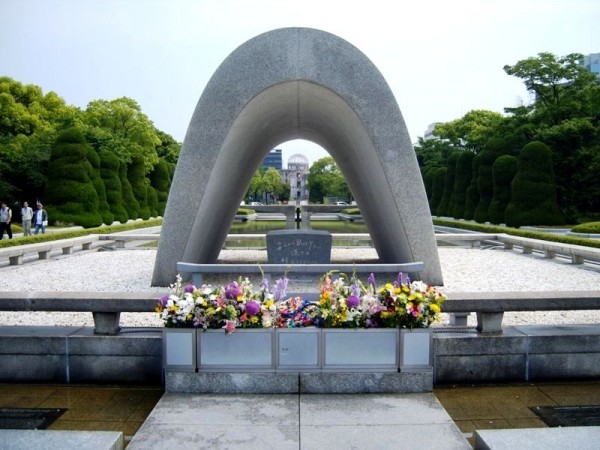
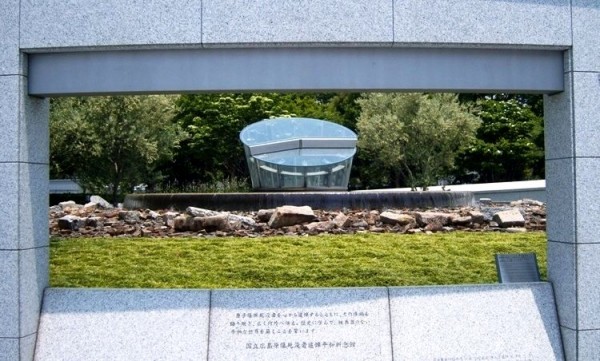
A few lines about the Hiroshima Peace Memorial Museum itself. It tells all there is to know about the Hiroshima Bombing. Before visiting this museum, I had a quite abstract idea of what an atomic bomb really is, the way it works, what are its exact effects and the rest. If one had to reduce this museum and the whole memorial to only one thing, it would be this one; to help understand the reality of what an atomic bomb is, beyond the fantasies, the fictions, the propagandas and more.
I have to admit that I used to have a quite ambivalent opinion about nuclear weapons before. Of course, I was not exactly in favor of them (just like I’m not in favor of wars and weapons in general), but I could understand their dissuasive power and similar.
Now I do understand that this is the worst weapon ever invented and I really hope it will never be used again.
One last thing:
Those kanji, on a wall, near the Genbaku Dome, are nothing special at first view. They’re just the name of the small private clinic that stands there.
However, this spot is more than that, as it is the actual hypo-center of the explosion. Why aren’t there any monument beyond a small plaque just under those kanji? To the point that most of the world think that the Genbaku Dome is the hypo-center?
The reason lays in the story of the place, and it is in my opinion an amazing symbol for this city and these people, who despite being destroyed and traumatized by the bomb, quickly understood that looking towards the future, towards life and towards hope was not synonymous with forgetting the horrible event that had struck them.
The story of that place, here it is:
Before August 6th, 1945, a small private clinic used to stand there. However, on that terrible morning, the clinic’s director was on a trip out of town. That saved his life, but he was the only survivor of the clinic. Back in Hiroshima a few days later, he of course used his medical skills to help the survivors as much as possible. When the time to rebuild the city came, he simply rebuilt his clinic where it used to stand, the question of memorials not really being on the agenda yet.
When the Hiroshima Peace Memorial Park was built, it came to no one to have the clinic destroyed to replace it by a monument.
Consequently, this highly historical spot did stay in history (the Genbaku Dome taking its place). In my eyes, this is for the best, this clinic symbolizing a city that literally rose from its ashes and becoming again what he should have never stopped to be, a normal city where people lead their normal everyday life.
I’ll end this post by reiterating that if you’re ever in the western part of Japan (or even simply in Japan) you should go to Hiroshima, its almost a duty as a world citizen.
[iframe width=”550″ height=”600″ frameborder=”0″ scrolling=”no” marginheight=”0″ marginwidth=”0″ src=”https://maps.google.com/maps/ms?msa=0&msid=212441473012985392543.0004c69952d2937425587&ie=UTF8&t=k&ll=34.393569,132.453232&spn=0.005312,0.005901&z=17&output=embed”]
View Hiroshima Peace Memorial Park in a larger map
Discover more from Setouchi Explorer
Subscribe to get the latest posts sent to your email.
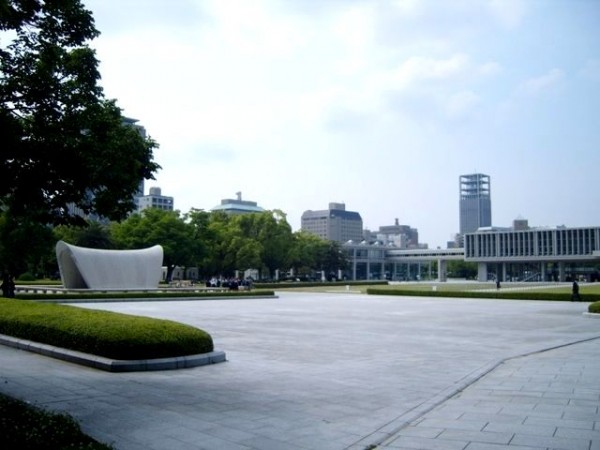
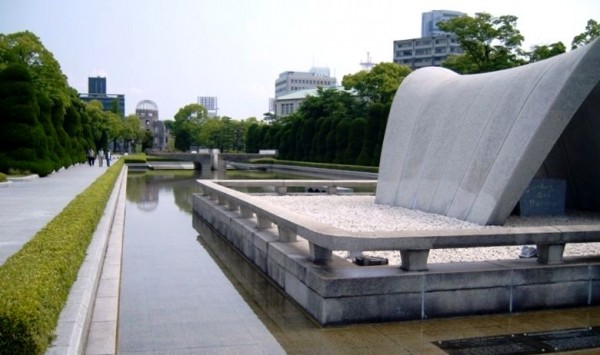
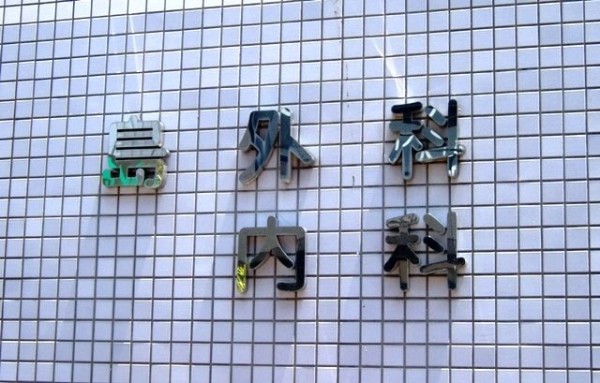
I totally agree with you. I believe that everyone should visit the Hiroshima Peace Memorial Park and Museum. It was a very sobering experience for me and I was surprised how modern and vibrant the city of Hiroshima actually was. It reminds me so much of my home town of Melbourne with its green parks, river and trams. Praying for a Peaceful Future.